How are ships constructed?
Construction starts with bending plates to match the curve of the ship’s hull. Since the 1940s, ships have been mostly made of welded steel, and since the 1950s, specialized steels have been used to eliminate brittle fracture. After 3D modeling, hydraulic presses are used to bend the plates into the correct shape. Plates are pressed cold, and can spring back a bit after forming, so this has to be taken into consideration. Rollers are also used to create some of the contours, plates are rolled through three rollers, with the pressure applied from the roller above forming the plate. In the last method, heat can be used to bend the plates. Frames are used to strengthen the hull, and are bent in a similar way with pressure or heat, to conform to the hull’s shape and reinforce it. Once the hull pieces are shaped, framed, and ready, they are assembled.
This is a fascinating process where massive pieces of metal are brought together to form a complete ship. The construction is done in segments called sub-assemblies. These assemblies are welded together to form larger and larger pieces, eventually making up prefabricated sections. Entire multi-deck segments of the hull or superstructure will be built elsewhere in the yard, transported to the building dock or slipway, then lifted into place. This is known as "block construction". The most modern shipyards pre-install equipment, pipes, electrical cables, and any other components within the blocks, to minimize the effort needed to assemble or install components deep within the hull once it is welded together
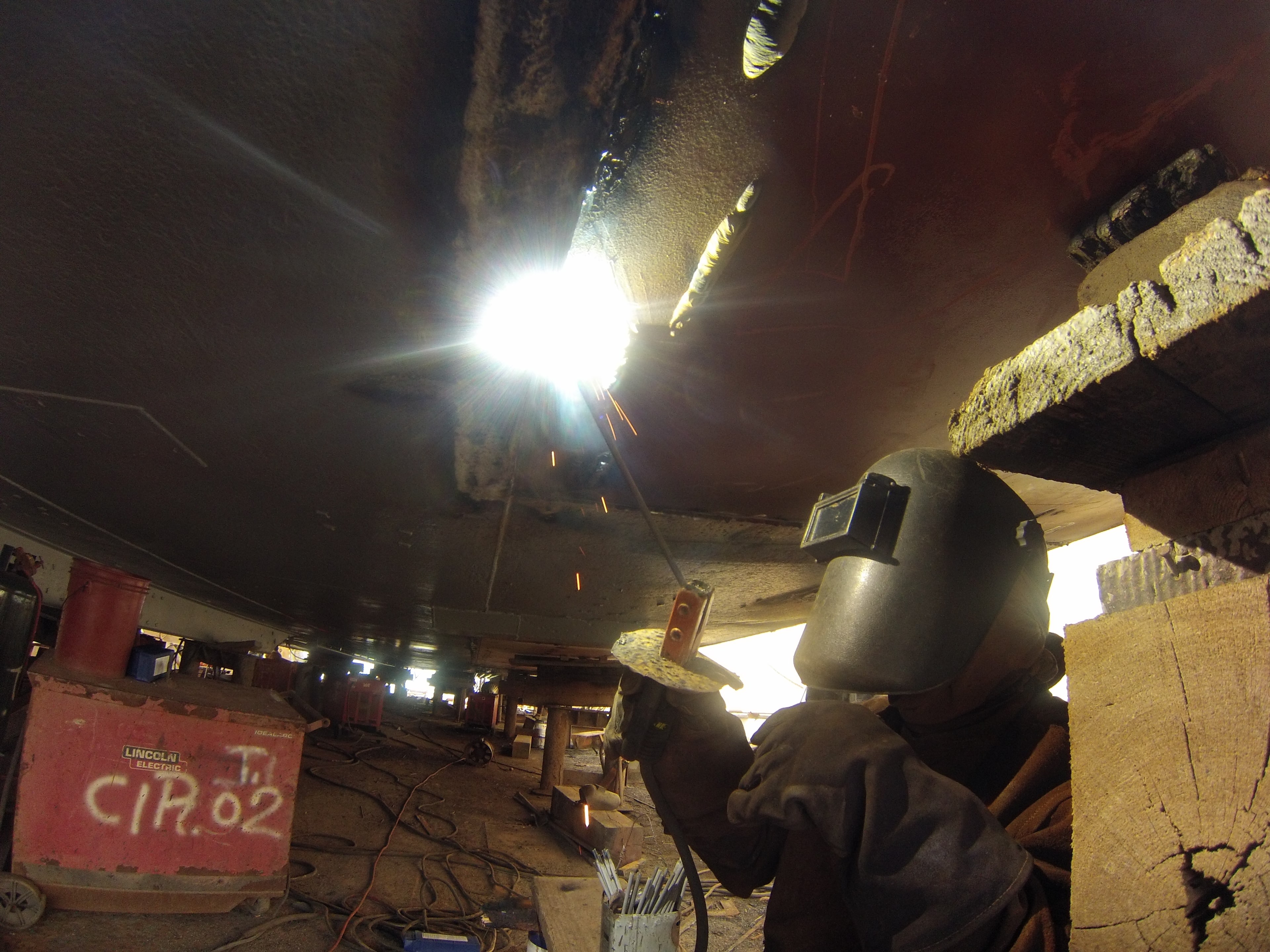
¿How does ships stay afloat?
The air that is inside a boat is substantially less thick than water. That is the thing that keeps it skimming! The normal thickness of the absolute volume of the boat and everything within it (counting the air) should be not exactly a similar volume of water. As a boat is set in water, it pushes down and dislodges a measure of water equivalent to its weight. The nearer the all out thickness of the boat is to the thickness of a similar volume of water, the more prominent the measure of the boat that will be in the water. In the event that the normal thickness of the boat is ever more noteworthy than the thickness of water, then, at the boat will be anchored underneath the water.
¿Why do they sink?
At the point when a boat sinks, it is on the grounds that water enters the boat. This powers out the air, making the normal thickness of the boat more prominent than that of the water. Quite possibly the most popular calamities is the sinking of the RMS Titanic. The boat struck an ice shelf off the south shoreline of Newfoundland in April of 1912. The ice shelf tore open a few little openings in the structure of the boat, giving water access to the bow. As more water entered the boat, the air was constrained out. This made the boat sink to the lower part of the sea.
Very much like each and every other boat that at any point sank, the Titanic at last went to the lower part of the sea on account of (an absence of) lightness!
¿Does modern ships sinks?
Though cruise holidays are built with relaxation in mind, the journey isn’t always smooth.
There are numerous deterrents journey boats can look out in the vast sea, yet fortunately the business has emergency courses of action for every one of them. With thorough security norms no matter how you look at it, voyage ships are the absolute most secure spots to spend your well deserved occasion.
The odds of your journey transport upsetting or sinking are imperceptibly uncommon. As indicated by the New York Times, just 16 boats have sunk since 1980.
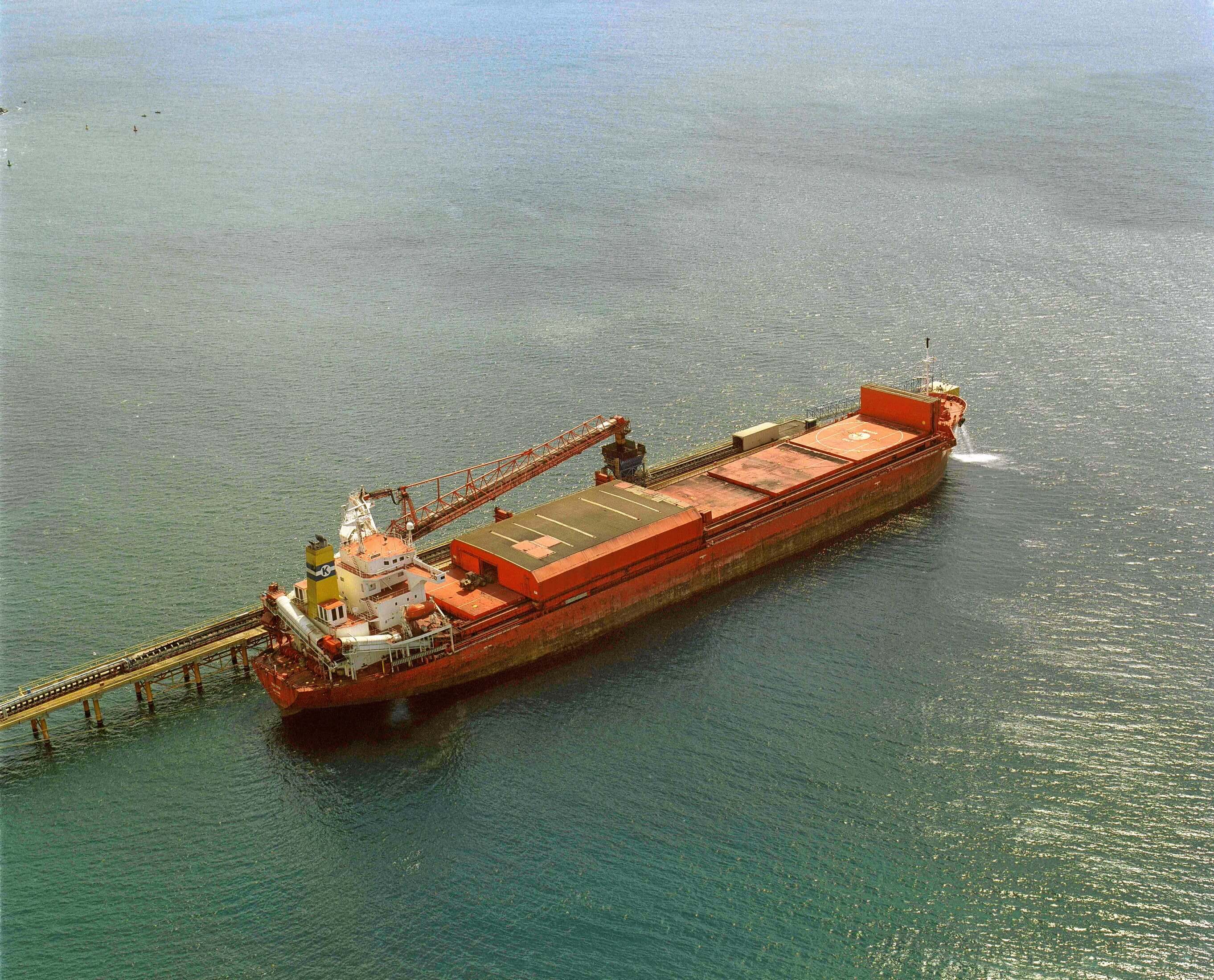
Drydocks and their diversity
A dam is a structure that is built to contain water, preventing its passage. This is a depot used for the construction, repair and maintenance of boats, ships and other vessels. The dock can be flooded to allow the ship to float and then the water can be reduced, so that the ship rests on a support platform, where it can be worked on. Flygt pumps provide flexible and reliable liquid treatment solutions for dewatering these docks.
When emptying the dry dock, the boats must be lowered so that they are properly be supported on the platform. The less time it takes to get the dock empty, the higher the production of ships. Naturally, this need must be balanced with the need for a slow and safe settling of the ship in a dry state.
They can be built perpendicular or parallel to the watercourse that it is intended to contain.
Depending on the dry setting system used, we can highlight:
- Boathouse: it is the most primitive system; it is currently used for smaller boats of little size. It consists of an inclined plane on which the object to be lifted moves by means of sleds.
- Dry dock: it is a lock where the vessel is introduced and once closed, the water is pumped from the interior until the vessel is supported on a bed or riding hall, which must "copy" the geometry of the hull to keep it stable.
- Floating dock: this is a naval device that uses the principle of operation of submarines: by flooding tanks, it sinks the structure to allow the vessel to be repaired to enter it. Once in place, these tanks are made smaller, causing the assembly to rise, thus achieving the dry setting.
- Sincrolift: it is a system of articulated beams hoisted by winches at their ends, each one operated by a powerful electric motor. The set of motors operates synchronously, generating a large lifting platform. First, the platform is equipped with a bed or riding hall similar to the case of the dry dock but mounted on rails; second, the assembly is submerged so that the ship to be raised is on the aforementioned bed; third, the ship is raised (which remains "anchored "in bed) and finally travels on the rails, leaving the elevator free to continue operating.
The dry dock is part of the facilities of a shipyard regardless of its main activity, it could be the construction or repair of ships. To carry out these construction and repair works, the shipyard also has its own dock with additional equipment such as cranes, facilities such as docks and workshops that make the repair or construction of a ship possible.
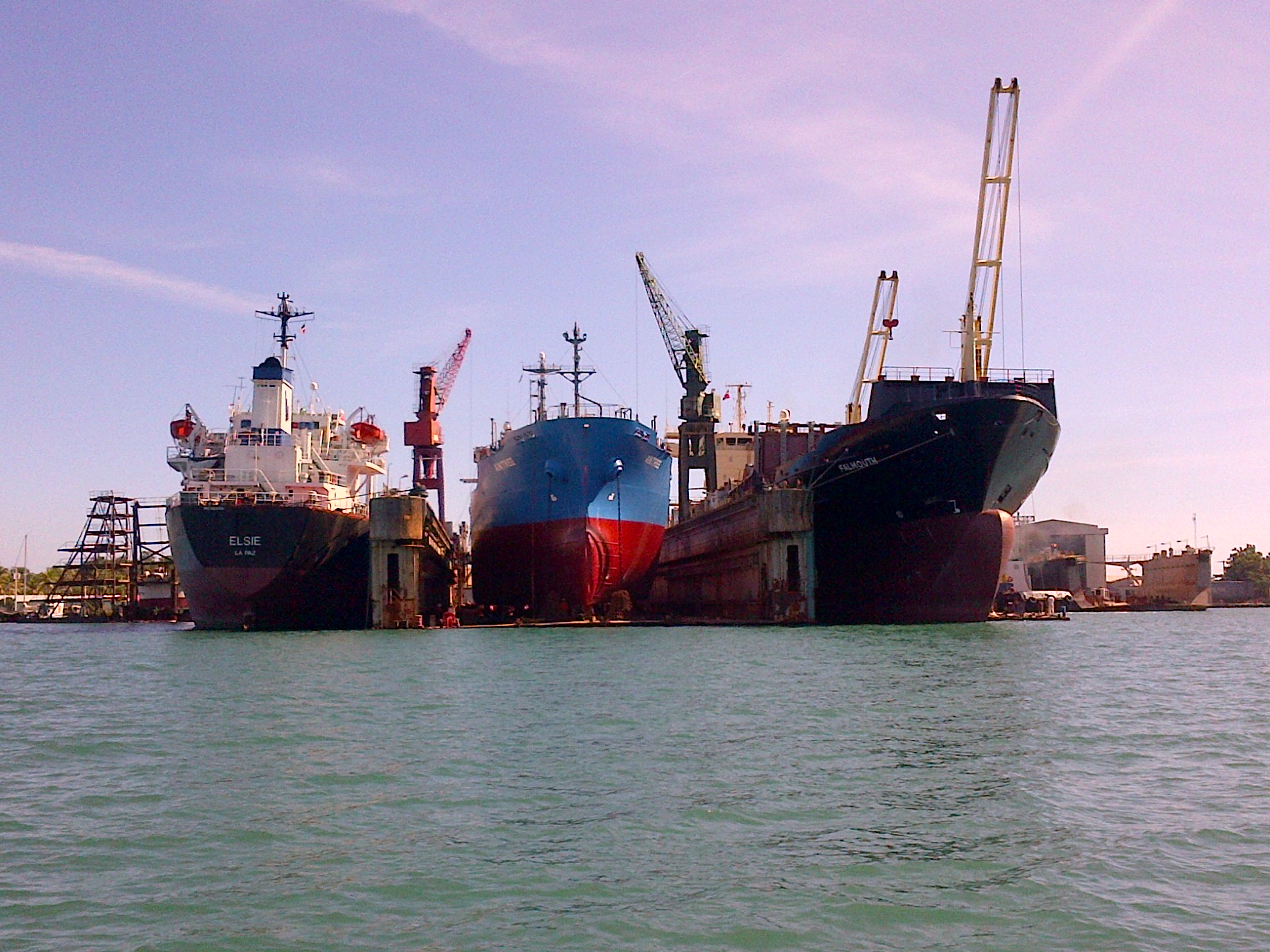
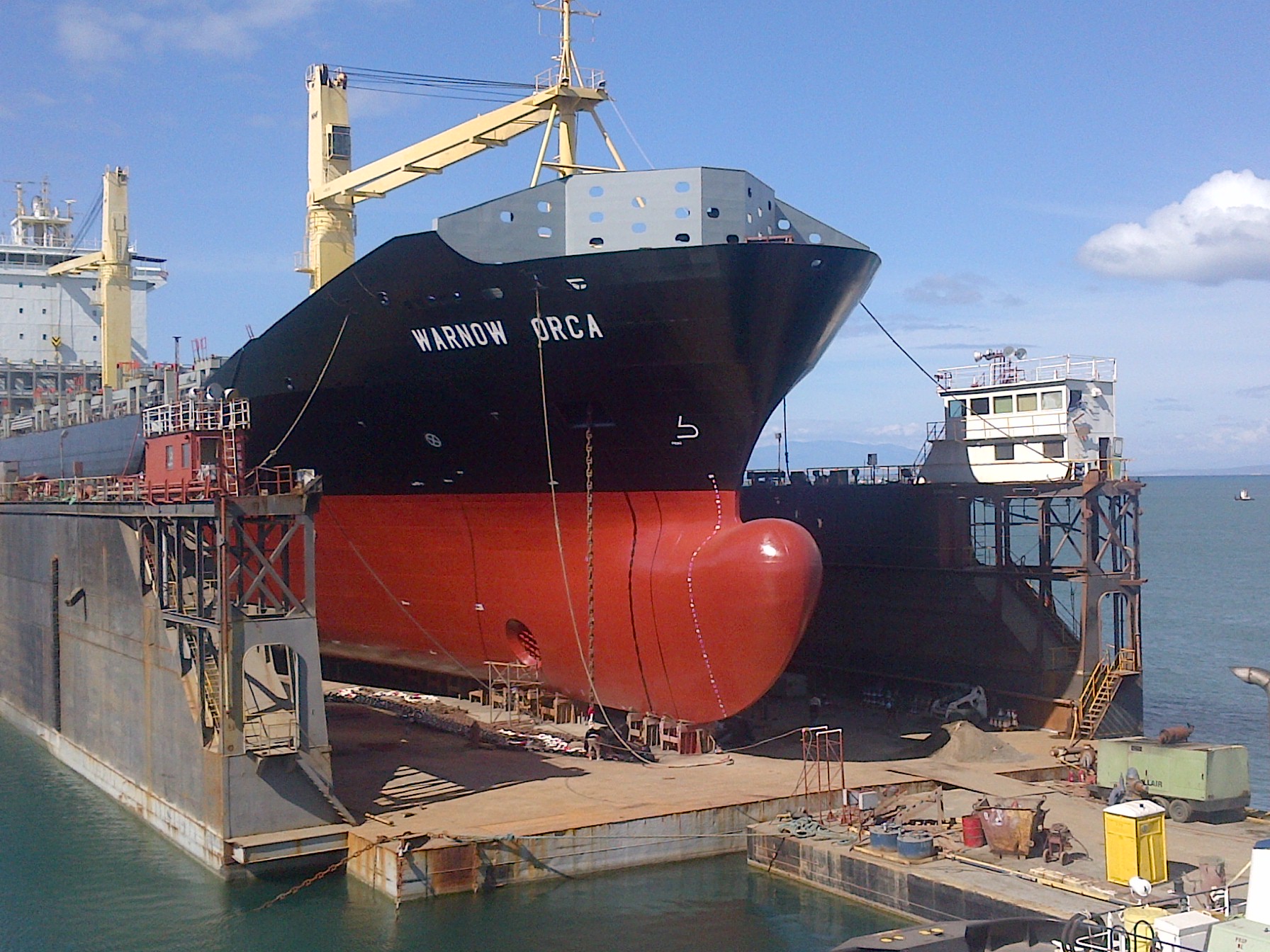
Shipyards: concept and classification
Shipyards are the land-based facilities where ships are repaired and built. In a shipyard, all types of ships can be repaired or built, either for the transport of passengers or for the transfer of goods. From large commercial ships to ships for military use, through yachts and pleasure boats, all aquatic vehicles that have a certain structure are born in shipyards. Shipyards are built next to rivers or navigable seas. In this way the access of boats to the place and their exit to the waterways is facilitated. Typically, a shipyard has a limited number of building berths, sloping towards the waterway, with large adjacent work areas. Very large ships are often built in deep dry docks due to the greater convenience of lowering large components. When the hull is complete, water is admitted and the boat floats to the conditioning dock.
As a general classification, we can classify shipyards into two different types:
- Construction shipyards: The construction shipyard is that establishment which focuses its business activity on the construction of boats. Ship building is a complicated and highly technical process, requiring the coordination of numerous permanent and casual workers under the control of the prime contractor. Shipbuilding can be of a civil or military nature.
- Repair shipyards: The repair shipyard bases its business line on the repair of boats and / or floating devices. All ships are not the same, therefore, consequently, the shipyards where repairs are carried out are not the same either, which is why they are usually specialized in a specific group or type of vessels.
In 2016, the ten shipyards in the world with the largest order book were seven South Koreans, two Chinese and only one Japanese. The Ulsan shipyard, in South Korea, is currently the largest in the world, leads the shipbuilding with an annual share of 15% of the market, this shipyard extends along four (04) kilometers of the coast of the Mipo Bay, has nine large-scale dry docks, the largest being 460 meters long with a width of 135 meters, it also has seven (07) large “Goliath” cranes with a load capacity of 3,150 tons and one hundred (100) meters high to build a wide variety of vessels and with an effective production of one (01) week of delivery. By the end of June 2010, Hyunday Heavy Idustries had delivered more than 1,562 vessels to 253 different shipowners in 47 countries. More than 60,000 people work at the Hyundai shipyard, at a rate of producing a huge ship every four to five days.
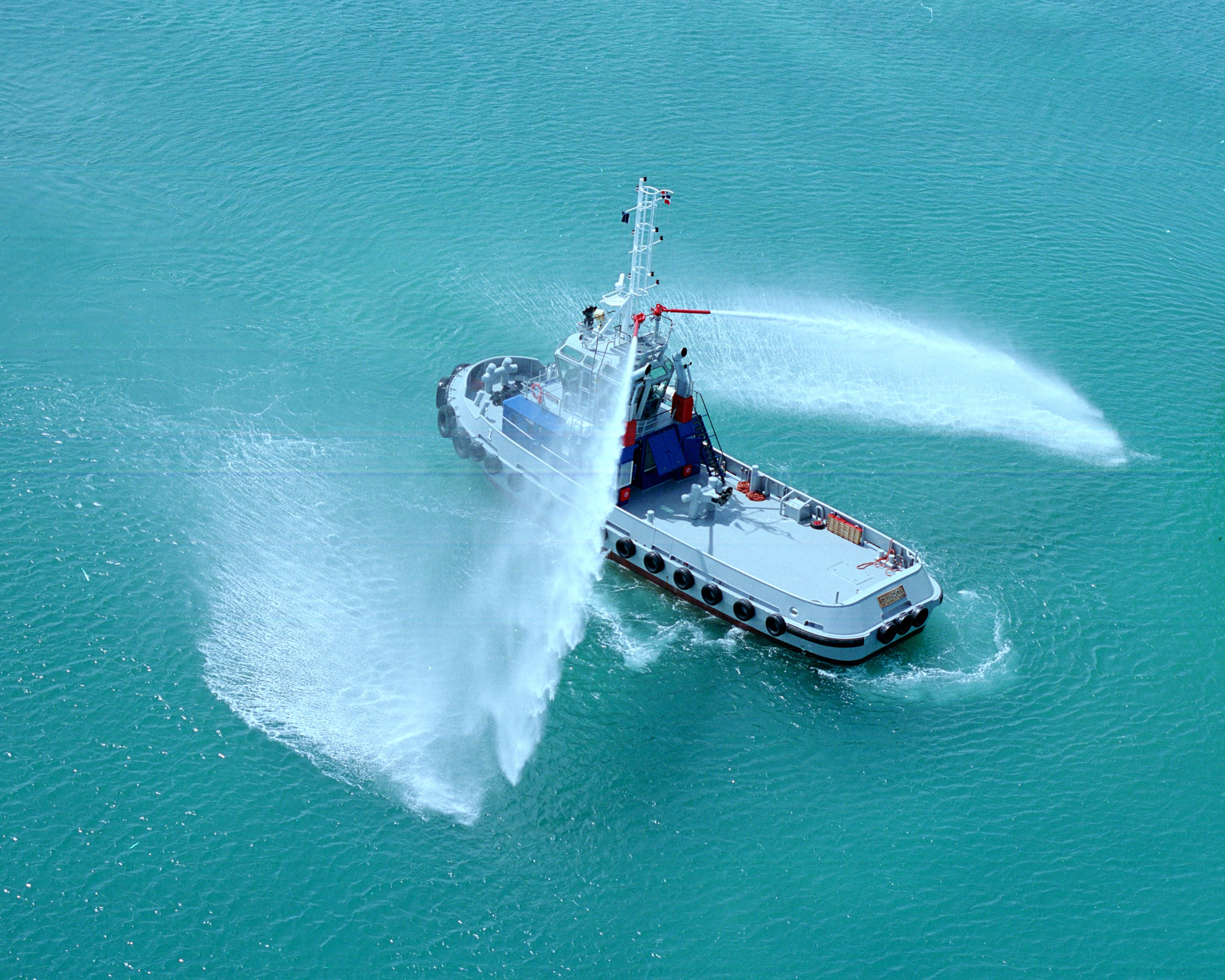
What is Maritime Traffic?
Maritime Traffic is a service which is established by a group of trained authority, designed to increase the safety and efficiency of maritime traffic and to protect the environment. This service will have the capacity to interact with traffic and will be able to respond to the circumstances related to this ones. The Maritime Traffic service must provide, to all ships in transit through the area, reliable and updated information on ship traffic, beacon conditions, meteorological information, tide status, etc.
Within the objectives of Maritime Traffic, we can highlight the navigation improvement when it comes to the safety and efficiency of this one, as well as the prevention of maritime pollution.
Maritime transport can move people (passengers) or things (solid, liquid or gaseous cargo) by sea from one geographic point to another on board a ship. Maritime transport, is considered worldwide, dince it is the most used mode for international trade. It is the one that supports the greatest movement of goods, both in containers and in dry or liquid bulk. Maritime transport is by its nature is international, even if cabotage occurs along the coasts of a country.
Maritime traffic can be offshore, coastal or mixed.
- Offshore maritime traffic: it is the transport of the merchandise that arrives to the country or is sent abroad. Navigation between a national port and a foreign one or vice versa.
- Cabotage maritime traffic: it is the transport of merchandise or navigation between two points of the country located within the same coastline.
- Mixed maritime traffic: when a vessel simultaneously performs offshore maritime and cabotage operations with the merchandise it transports, and also the transportation of merchandise or navigation between two points of the national coast located on a different coastline or at the same one, in case an intermediate stop is made in a foreign port.
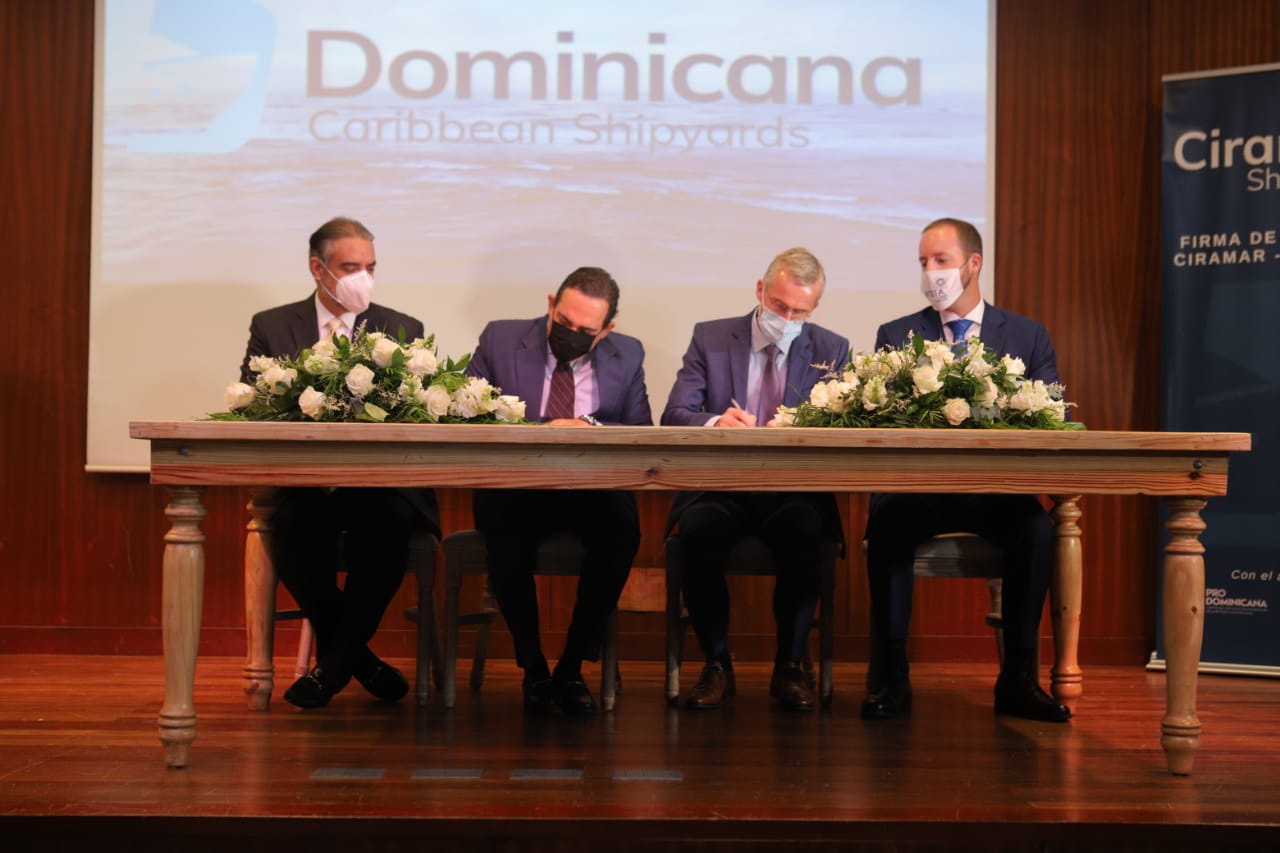
Ciramar Shipyards signs alliance with Fassmer Group
Agreement will expand its operations in the naval industry area with a positive impact on national development through the creation of qualityjobs and technology transfer, complying with demanding international standards.
As a business strategy, Fassmer-Ciramar will increase their regional, hemispheric and global competitiveness with state-of-the-art engineering processes, positioning the country on the map of nations that offer such specialized services.
Santo Domingo. Ciramar Shipyards, a renowned company in the repair, maintenance and construction of vessels, signed a business alliance with the Fassmer Group, a German capital consortium with experience of more than 170 years in the naval and maritime area, also dedicated to the manufacture of components and equipment for the renewable energy industry.
The agreement signed today establishes the principles of cooperation in various fields: design and local construction of new ships and multipurpose vessels manufactured in the Dominican Republic through its subsidiary Fassmer-USA. Maintenance, manufacture and local marketing of mechanical products (such as propulsion propellers, shaft lines, stabilization and steering systems, thrusters, azimuth thrusters); naval automation; ship repair; and personnel training and consulting in the field of plan design and construction of naval devices.
Luis Contreras Brea, President of Ciramar, considers that “an integrated and avant-garde maritime services company, with more than 170 years of experience such as Fassmer, presents synergies and opportunities not only for our company, but for the country, since it will locate the Dominican Republic within the extensive network of 52 specialized providers around the world. Fassmer offers high added value services that we can capitalize on by offering solutions to its clients and ours, in a more professional manner, as well as incorporating a new innovative, competitive and integrated offer into our portfolio ”. Contreras pointed to the open and flexible collaborative model that this agreement proposes, as the basis for developing long-term productive relationships with his new partners.
Through this agreement, Ciramar will expand its portfolio of solutions providing attention and service to a potential market of more than 7,000 ships that circulate annually in the region and that view the Dominican Republic as a strategic location for the maintenance and adaptation of their ships. In the same way, it will be responsible for manufacturing the electrical components of the clients of the German multinational such as General Electric and Siemens to be exported to the United States market, in addition to offering solutions for the national hydroelectric sector.
“This new alliance presents a solid development of benefits and advantages for both organizations, but also for the country, since it will allow the generation of more than 600 specialized direct jobs in the first stage, projecting an expansion to 1,200 direct jobs in the next three years, ”added Contreras.
Given the experience of the Fassmer Group in the design and construction of high-tech ships, as well as in supporting their life cycle, it has put its ability to cooperate and provide support to the Navy of the Dominican Republic, providing processes such as the reduction of terms and investments and the minimization of risks.
The agreement positions Ciramar as a strategic partner for other business opportunities as an allied to Fassmer Group in the Greater Caribbean region, in which the shipyards are a benchmark in terms of construction and repair, and for what it is expected that this agreement will serve as catalyst. For Fassmer, it is also another step in its internationalization and diversification plans.
About Ciramar
With more than 35 years of experience, Ciramar has become the leading shipyard in the Caribbean region. With a wide portfolio of solutions, ranging from design, construction, repair and maintenance, in addition to its strategic geographical location, it has allowed it to repair in the last 10 years, more than 1,200 vessels that seek excellence in service, quality and speed.
About Fassmer
Founded in 1850, Fassmer is a fifth generation family owned business owned by Fassmer GmbH & Co. KG based in Berne, Germany. Its internationalsuccess is based on six business areas: Shipbuilding, Boats and Davits, Deck Equipment, Wind Power, Composites Technology and After Sales Service.
